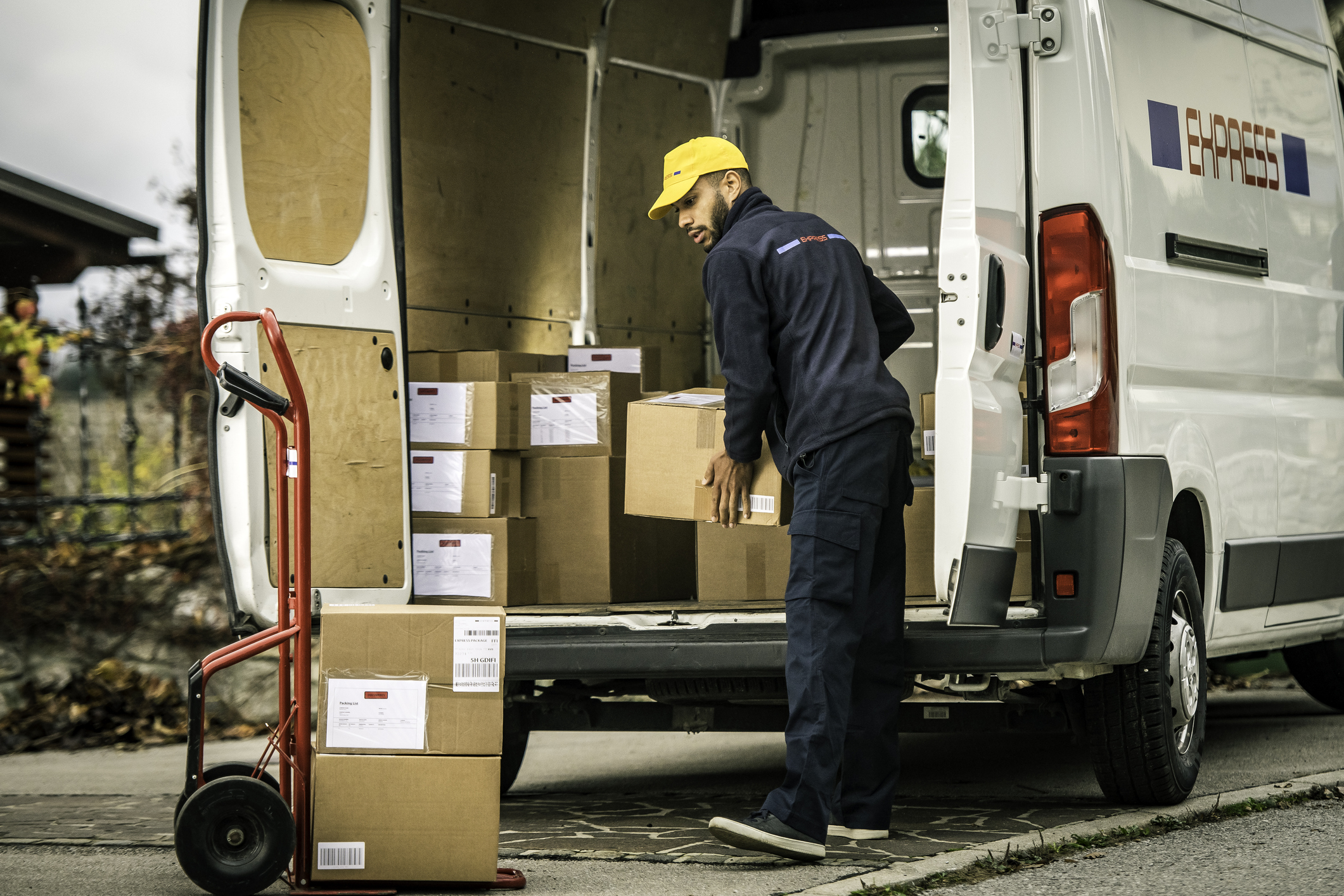3 Safety Essentials for Delivery Drivers This Holiday Season
Holiday e-commerce sales are expected to grow over 15 percent from 2021, which means far more delivery demand. How can employers handle the pressures of peak season without compromising the safety of new drivers?
November 8, 2022

Retail and logistics businesses are staffing up for the peak sales season, which means more drivers, with typically less experience, pushing themselves physically harder. United Parcel Service (UPS) alone plans to hire 100,000 holiday workers to meet demands. In a hurry to onboard and train seasonal staff, employers may overlook important safety standards.
“Peak season can be considerably more dangerous given the influx of new delivery drivers working long hours, icy roads, and more inventory to move, creating a target for theft and potential assaults,” said Vik Ramaswamy, Senior Risk Control Manager at Safety National. “Slips and falls, crashes, and musculoskeletal disorders are severe results of unsafe practices in trucking and transportation, and they can be actively prevented through the use of proper planning and controls.”
Here are a few strategies businesses can introduce to keep new workers productive and safe throughout the season.
1. Provide the proper footwear to new workers.
NIOSH-funded research determined that a no-cost-to-workers footwear program resulted in a more than 50% reduction in the frequency of slip/fall injuries. Consider furnishing new work boots that are correctly fitted, ankle cut and high laced to prevent ankle turns, and contain American National Standards Institute (ANSI)-rated slip-resistant tread. Feet tend to swell throughout the day, so fitting shoes in the middle or near end of the orientation shift would result in a better overall fit.
2. Conduct post-offer pre-employment testing (POETs) to ensure prospective drivers are prepared for the work ahead.
A 2008 study on the efficacy of POETs in a single facility concluded that tested populations experienced an almost 15-fold reduction in injury severity and an estimated return on investment of $4.5 million. Consider reaching out to an ergonomist to study job tasks, and create a POET program compliant with Equal Employment Opportunity Commission (EEOC) requirements. While this can make initial hiring more complicated, it can mean fewer net hires are needed for staffing capacity due to injuries and turnover.
3. Establish curfew routes, daylight deliveries, and similar practices to prevent theft and assaults against delivery drivers.
According to the Texas Department of Insurance, 1.7 million people are the subject of workplace violence every year, and delivery drivers are particularly vulnerable due to the value of their cargo and the likelihood of holding cash on hand. Consider scheduling so drivers can make the most of daylight hours and complete their deliveries when they can most fluidly assess dangerous situations.
For more expertise, guidance or resources on this topic, please contact [email protected].

























